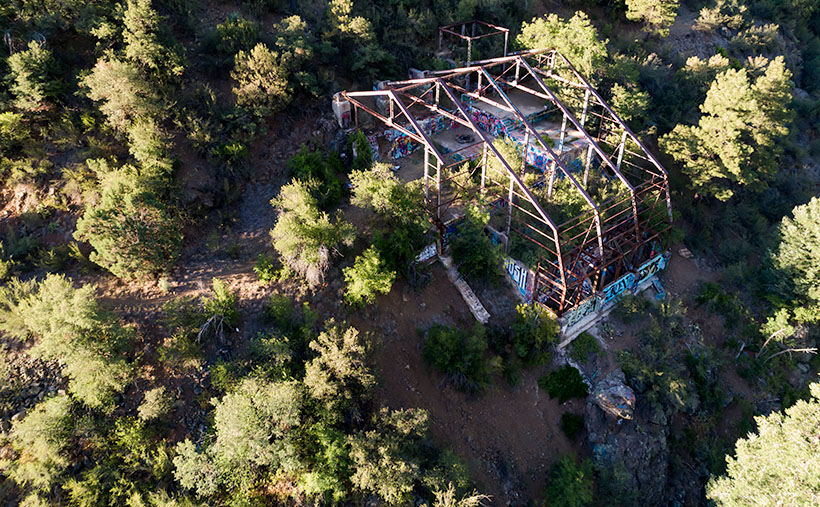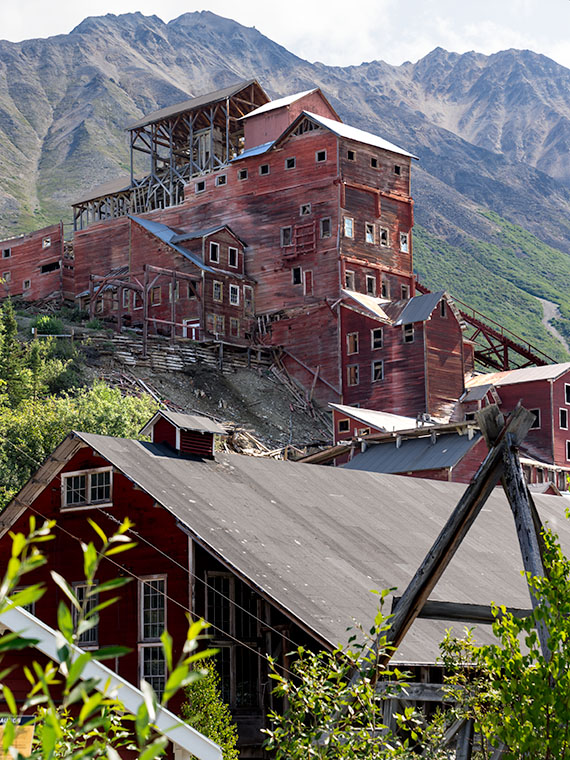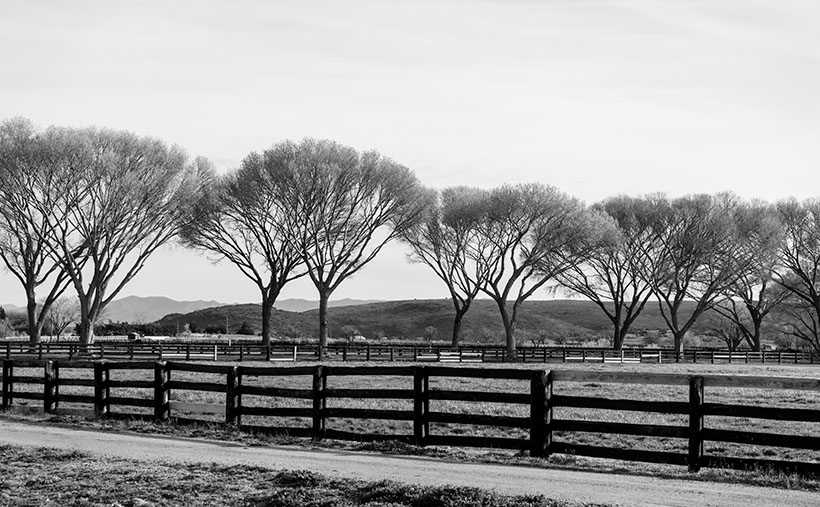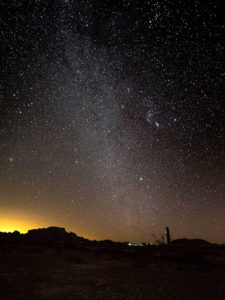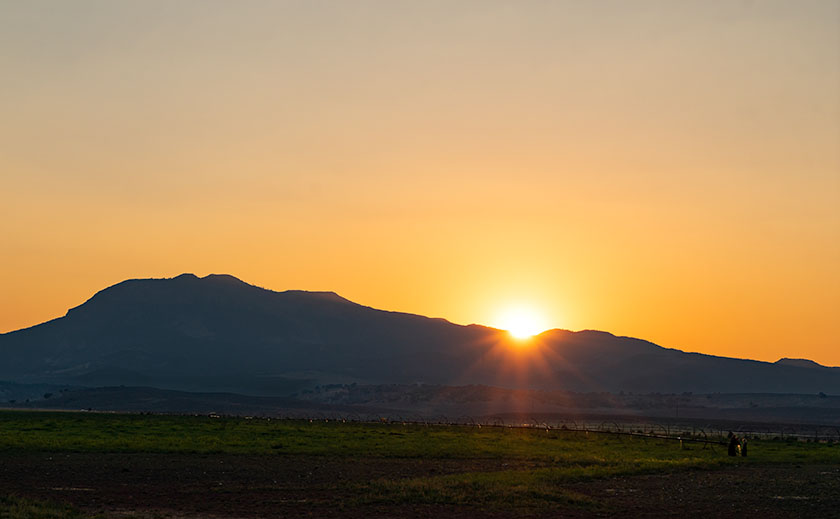It’s only the third month of 2021, and already I can tell it’s a much better year than the last one. If you remember, this time a year ago, I was comforting my dear wife, who was convalescing from knee surgery, we had growing concerns about a new virus that threatened our existence, and we faced travel restrictions to slow its spread. In contrast, this week, I feel like a kid at the end of a time-out, no longer grounded or released from juvy (of course, I was such an exemplary child that I never experienced any of those feelings—my parents just spanked us).
I have this exhilaration of freedom because we got our second vaccination shot this week—and we have passports to prove it. If you’re debating on getting your shots, you shouldn’t be. Queen Anne and I didn’t experience any abnormal side effects. Like any flu shot, your arm is sore for a couple of days, but other than that, our lives went on normally. And as an extra benefit—like a putty knife—the Microsoft chip they snuck into the vaccine scrapes off any plaque in your arteries (but I do have an incredible desire to buy a new version of Windows).
We’re still cautious about our movements—we wear masks and keep our distance, but now we can plan to go on vacation later this summer. In our laundry room, I have a huge wall map of the Colorado Plateau. Whenever Anne gets out of bed this afternoon, I’m going to have her toss a spit-ball at it. Wherever it lands is the place we’ll drag our trailer—The Ritz—this August.
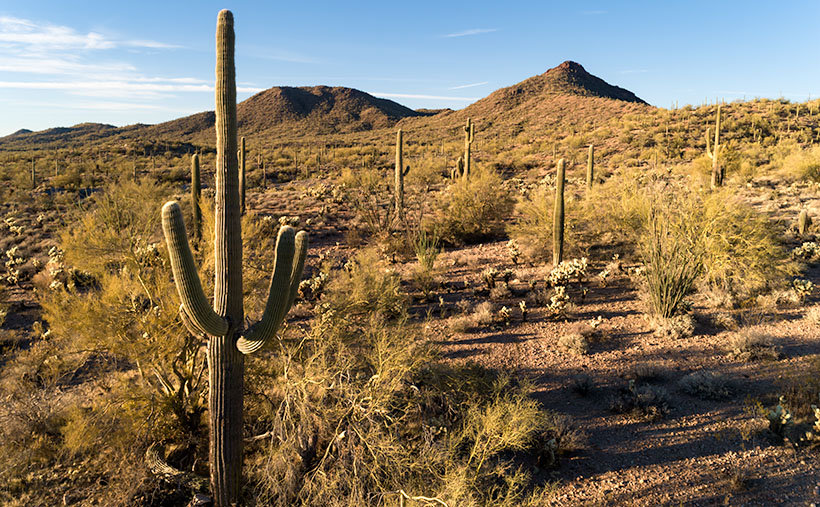
I’m so giddy this morning; I almost forgot this week’s new picture. If it looks familiar, it should. That’s because it’s a variation of last week’s featured image. They both show the mountains on the Hassayampa River’s far side, and they both feature saguaro cactus. The difference is that last week’s photo was of the mountains with cactus in the foreground, and this one is a saguaro with the mountains in the background. Who said you couldn’t get two good variations of the same scene by working-the-shot? I called this shot Blue Tank Saguaro for obvious reasons.
I’m interested in hearing what you think. Both images can be seen on their Web Pages, and you can flip between them using the Previous/Next links. You can get to this week’s image by clicking here. Which of the two do you like better? Let me know by leaving your comment at the bottom of this page. Be sure to come back next week for another of my images from the mountains surrounding Wickenburg.
Until next time — jw
UPDATE 4:30 pm: Anne got up and threw her spit-ball at the map, so I guess in August we’re going to . . . the laundry room.

